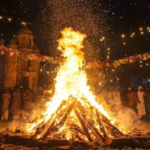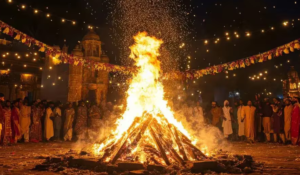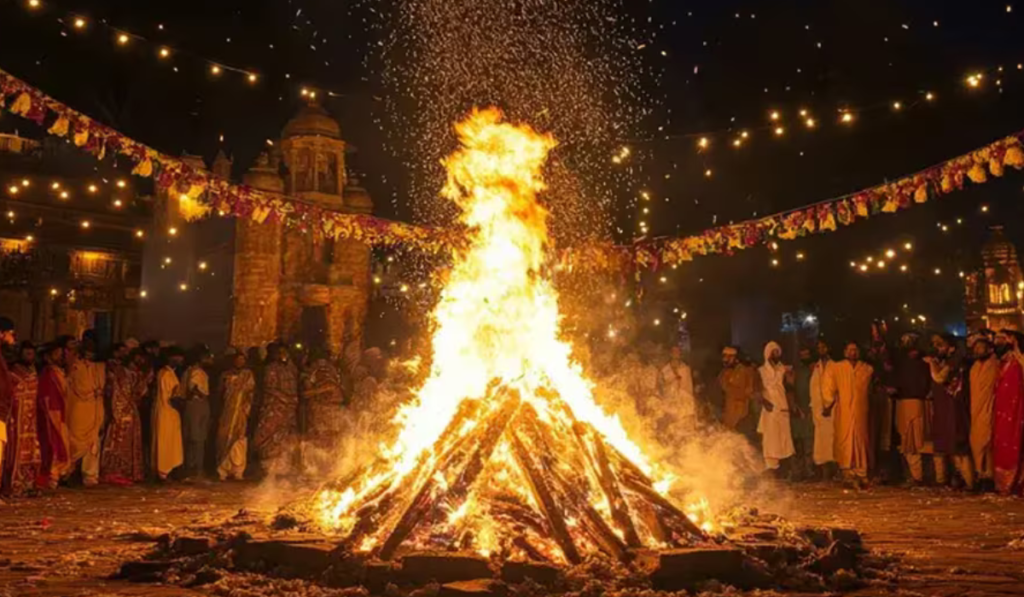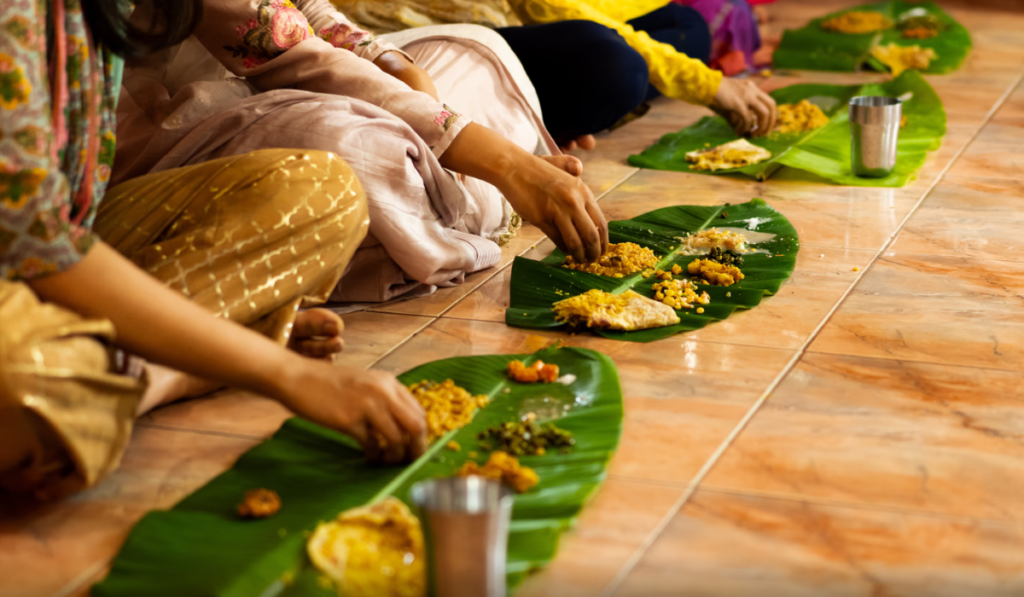If you’ve ever seen Lord Ganesha’s idol, you know there’s one thing he never lets go of, and that tiny, sweet dumpling called modak. But why is Ganesha so obsessed with it? What makes this little sweet such a big deal every Ganesh Chaturthi?
The answer is way more fascinating than you think. It’s not just about taste, it’s about wisdom, bliss, and a story that’s been passed down for centuries. From epic legends to the beautiful symbolism hidden inside that soft, sweet shell, modak has earned its place as Ganesha’s ultimate favorite.
So, why does Ganesha love Modak so much, and what’s the story behind it? According to the mythological stories passed down by our grandparents, two stories are said to have contributed to this resemblance. Let’s uncover them.
Why Lord Ganesha Loves Modak?
Anybody who worships Lord Ganesha knows that Modak is his favorite, and he will choose Modak over anything at any time. But why is that? Well, there are hundreds of stories in different regions, but there are two stories that are widely known and accepted.
Grandmother Queen Menavati
Lord Ganesha had her grandmother, Queen Menavati, whom he loved dearly. She adored her grandson and wanted to keep him full and healthy. So she made laddoos all day long. But here’s the thing, little Ganesha could eat faster than she could make them. Seriously, lord Ganesha was unstoppable.
So, Queen Menavati came up with a genius solution, and that was Modaks. Easier to make, just as tasty, and enough to satisfy Ganesha’s enormous appetite. From then on, modaks became his favorite sweet, all thanks to Grandma, Queen Menavati.
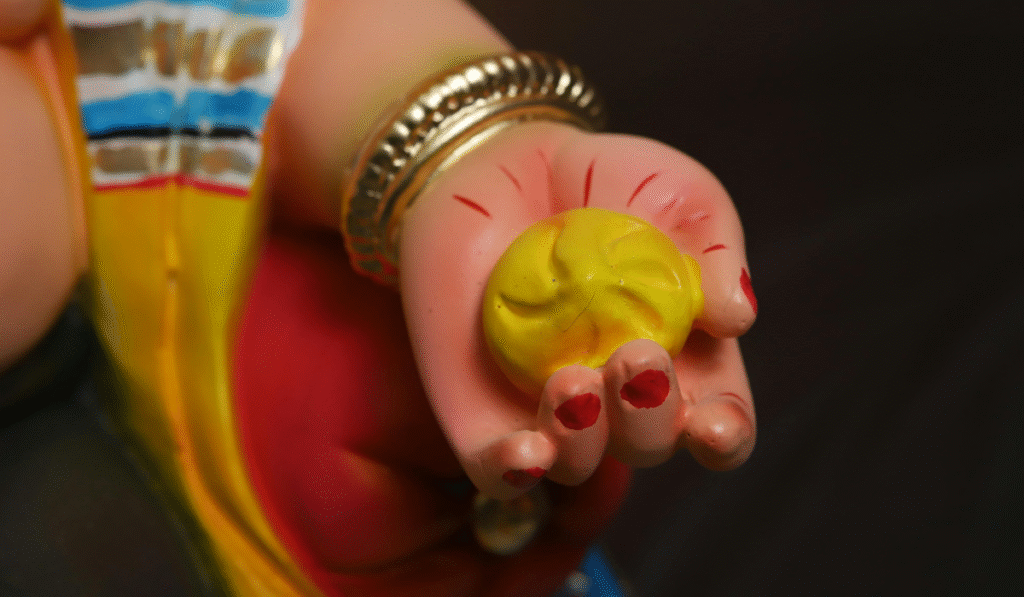
Guest of Devi Anusuya
The second legend tells us why exactly twenty-one modaks are offered during Ganesh Chaturthi. One day, Devi Anusuya invited Bhagwaan Shiva, Maata Parvati, and little Ganesha for a meal. Anusuya decided to feed Gnaesha first to the full of his heart’s content. But true to form, Ganesha kept asking for more food!
At the end of the meal, he was given a single modak as a sweet dish. After swallowing it, he let out a loud burp, a sign that said lord Ganesha is finally full. Interestingly, as Ganesha burped, Bhagwaan Shiva burped too, and not once, twenty-one times in fact.
Maata Parvati saw all of it, left curious and amazed, and asked Devi Anusuya about the sweet. Upon learning what a modak was, she decreed that all devotees should offer twenty-one modaks to Ganesha during Ganesh Chaturthi, one for each burp of Bhagwaan Shiva.
A Race Around the World
One day, Maata Parvati prepared a plate full of modaks for her sons, Ganesha and Kartikeya. But Maata Parvati had one more lesson to give, so, she promised that whoever circled the entire universe and returned first would get the most modaks.
Kartikeya, with his swift peacock, quickly set off to race across the cosmos. Ganesha, on the other hand, simply smiled, walked around his parents three times, and declared, “For me, you are my universe.” Impressed by his wisdom, Maata Parvati awarded him the entire plate of sweet modaks.
And that’s how modak became a symbol of intelligence and devotion.
This is why we offer 21 Modak to lord Ganesha while praying to him. These two legends are not just about lord ganesha’s love for Modak, but it convey a bigger message to all of us. So, what is it?
What is the Spiritual Significance of Offering a Modak?
Giving a modak to lord Ganesha isn’t just about the sweet itself, it’s like a little act of love, devotion, and a bit of hope that we all need in life. In our Hindu tradition, modaks are considered the ultimate offering because they’re seen as the sweet reward of knowledge and self-realization. The soft and sweet filling is hidden inside a thin shell, just like how true wisdom takes time to uncover if you’re patient and devoted.
During Ganesh Chaturthi, devotees offer modaks to lord Ganesha not just to eat them, though, they are delicious, but to seek his blessings for intelligence, prosperity, and happiness. It’s the giving that counts, a way to show gratitude, honor the divine, and maybe invite a little positivity into life. Because, that’s why he is called Vighnaharta.
Even the shape of the modak isn’t random. That round little dumpling? It represents wholeness and completeness, reminding everyone that lord Ganesha’s wisdom can help bring balance to life. Every modak offered is basically a sweet prayer, a small bridge connecting the devotee with the divine.
How is Modak Made Traditionally?
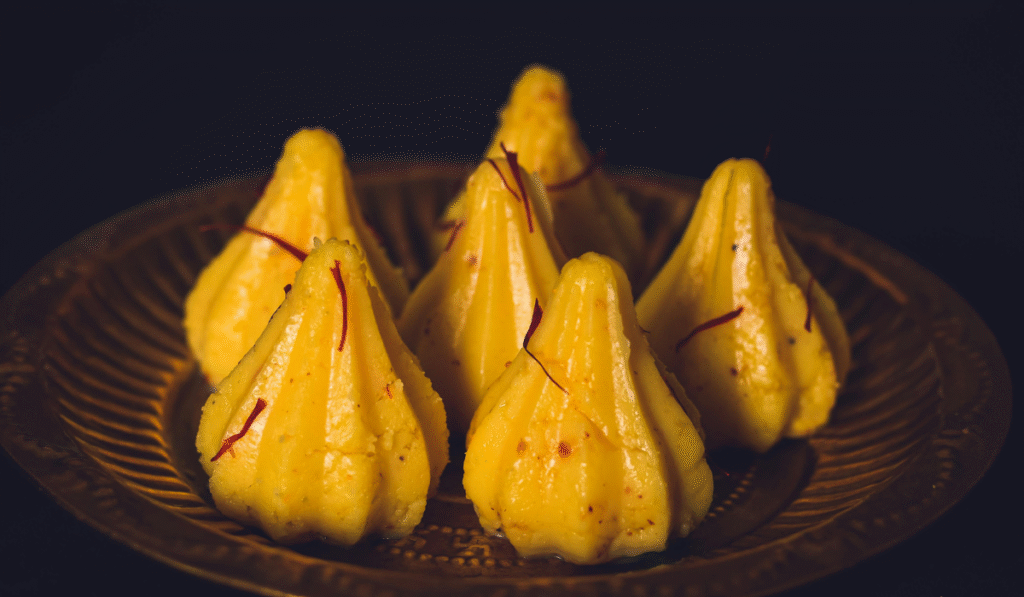
Modak is not just a simple sweet. It has a lot of cultural significance. In some regions, they’re steamed, soft and delicate, while in others, they’re fried, golden and crisp. The choice of ingredients also carries significance, such as coconut, jaggery, and rice flour aren’t just tasty, they symbolize purity, sweetness of life, and spiritual energy.
During Ganesh Chaturthi, preparing modaks is often a family ritual rather than just a kitchen task. The process brings generations together, from grinding rice flour to shaping the dumplings, creating moments of devotion and bonding. Even without eating them right away, the act of making modaks is considered an offering to Lord Ganesha, a way of honoring him through effort, love, and intention.
Across the whole India, differences in regions create unique cultural stories. In Maharashtra, the classic ukadiche modak is steamed to perfection, while in South India, fried versions sometimes make an appearance during festivals. Every modak, no matter its style, carries the same essence, a sweet symbol of devotion, joy, and tradition.
Life Lessons from a Little Modak
Sometimes, the smallest things teach the biggest lessons. Take Ganesha and his love for modaks, a tiny sweet that carries stories of clever grandmothers, generous sages, and devotion passed down through generations. It’s funny, isn’t it? Something so small can hold so much meaning.
In a way, every modak we offer or savor reminds us that joy, wisdom, and love often come in little packages. Just like Ganesha cherishes this humble treat, maybe we too can find delight and meaning in the small, thoughtful moments of our own lives.
So this Ganesh Chaturthi, don’t just see the modak as a sweet, see it as a symbol of life’s little treasures, traditions that connect us, and the wisdom hidden in simple joys.





